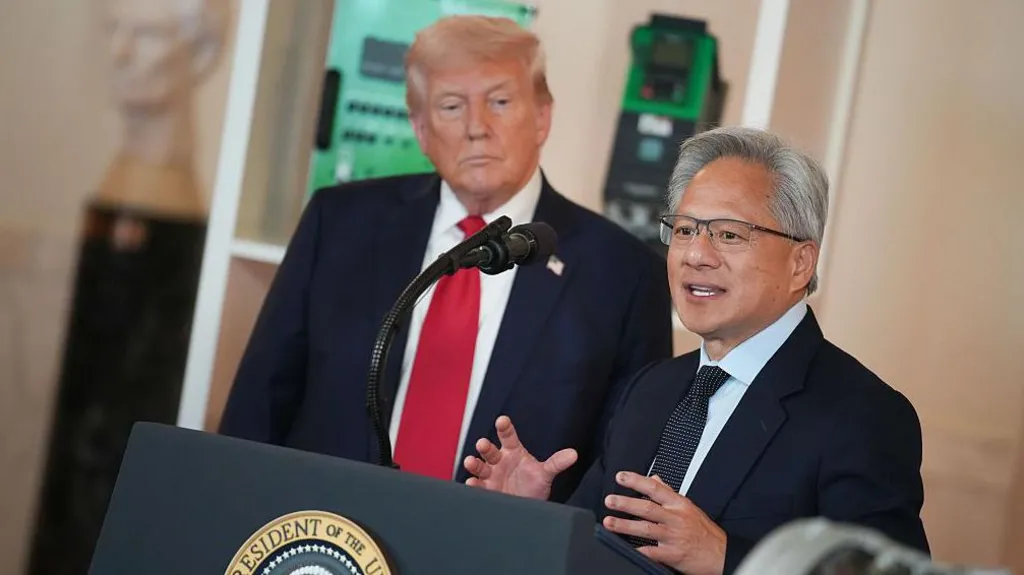Do the Myanmar Junta’s New ‘Peace-Making Committees’ Stand Any Chance of Success?
Forging a sustainable nationwide peace was elusive before. It’s even more difficult in the midst of the current crisis.
Shortly after seizing power on February 1, the Myanmar military, or Tatmadaw, immediately reconfigured the committee tasked with negotiating an end to the country’s raft of ethnic conflicts. The new committee comprised seven lieutenant generals led by Lt. Gen. Yar Pyae. A week later, the coup regime formed an interim government called the State Administration Council (SAC), comprising 16 members – eight military generals and another eight handpicked officials.
On February 8, Tatmadaw Commander-in-Chief Sen. Gen. Min Aung Hlaing, the chair of SAC, delivered a televised speech to the Myanmar public, expressing the Tatmadaw’s desire for a lasting, sustainable, and nationwide peace, and pledging to move forward the peace process on the basis of the Nationwide Ceasefire Agreement (NCA) signed in 2015.
To this end, the SAC subsequently formed several new peace-making committees on February 17. The National Solidarity and Peace-making Central Committee (NSPCC) was formed, comprising 17 people and chaired by Min Aung Hlaing. The committee members include Vice Sen. Gen. Soe Win as deputy chair and other SAC members.
Under the NSPCC, the National Solidarity and Peace-making Working Committee (NSPWC) was formed, comprising 33 people. The NSPWC is chaired by Vice Sen. Gen. Soe Win. The committee members include Union ministers, commanders of regional commands, and others officials.
Diplomat Brief Weekly Newsletter N Get briefed on the story of the week, and developing stories to watch across the Asia-Pacific. Get the Newsletter
In turn, under the NSPWC, the coup government has formed a further National Unity and Peace Restoration Coordination Committee (NUPRCC), which consists of 14 members. The NUPRCC is chaired by Yar Pyae and the other members include Union ministers and other high-ranking military commanders.
Enjoying this article? Click here to subscribe for full access. Just $5 a month.
The SAC appears to have formed the peace-making committees in a bid to immediately kick off peace talks with ethnic armed organizations (EAOs), designed at lessening domestic pressure at a time of increasingly violent showdowns with anti-coup protesters and growing international pressure.
Thus far, only ten EAOs have signed the NCA: the All Burma Students’ Democratic Front, Arakan Liberation Party, Democratic Karen Buddhist Army, Chin National Front, Karen National Union (KNU), Karen National Union/Karen National Liberation Army Peace Council, Pa-o National Liberation Organization, New Mon State Party, and Lahu Democratic Union.
This has left some of the most powerful and well-armed EAOs outside the NCA process. These comprise the seven groups that make up the Federal Political Negotiation Consultative Committee, namely, the United Wa State Army, Kachin Independence Organization (KIO), National Democratic Alliance Army, Shan State Progress Party, Ta’ang National Liberation Army, the Arakan Army, and Myanmar National Democratic Alliance Army. Three additional groups are also yet to sign the agreement.
Achieving a peaceful resolution to the conflicts that have raged on and off along Myanmar’s periphery since independence in 1948 has always been elusive, and is all the more so in the midst of the security forces’ continuing brutal crackdown on peaceful demonstrators across the country and a steadily worsening economic outlook.
Sure enough, on February 20, the 10 NCA signatories released a statement clarifying that they were suspending all political negotiations with the coup regime. Moreover, the fighting between the Tatmadaw and the KNU continues in Kayin State, as clashes between the Tatmadaw and the Kachin Independence Army, the KIO’s armed wing, continue to escalate in northern Shan State, due to the continuous incursions of Tatmadaw Light Infantry Divisions 88 and 99 into regions occupied by the KIO/KIA. The region saw around 20 skirmishes in February alone.
Although the Tatmadaw and the so-called Three Brotherhood Alliance – the AA, TNLA, and MNDAA – have extended their respective unilateral ceasefires until the end of March, peace talks between the Tatmadaw and the Alliance and KIO seem unlikely to happen anytime soon.
Amid these circumstances, hope for peace in Myanmar has gradually faded since the coup regime installed itself in power. As long as the Tatmadaw continues to conduct its offensive operations against EAOs, the junta’s promise to use its new peace-making committees to push forward the nationwide peace process will ring hollow. Beyond that, only time will tell how the deeply unpopular coup regime, if it survives, can possibly manage to push Myanmar towards a long-awaited but elusive peace.
Joe Kumbun is an independent political analyst from Myanmar.











